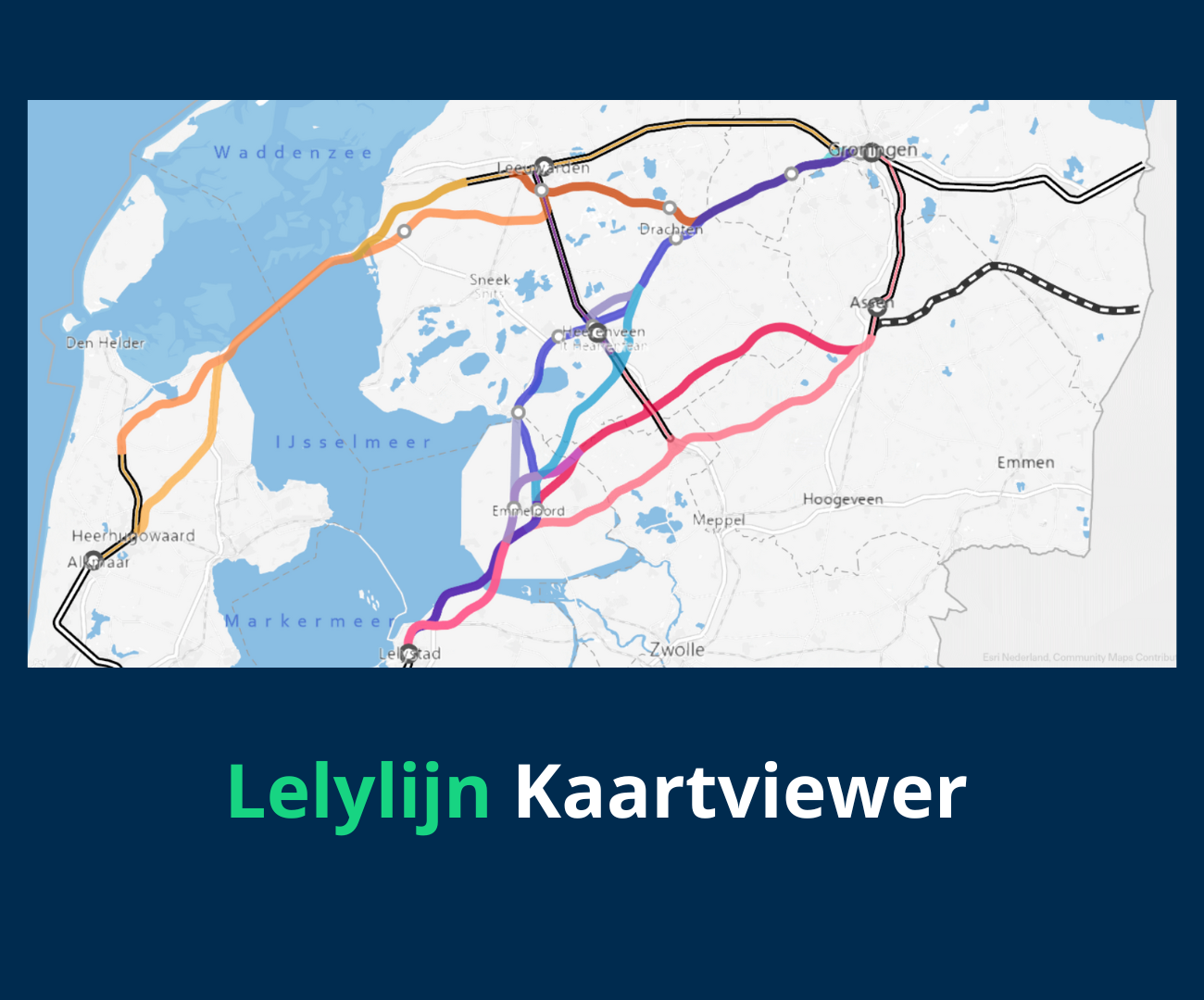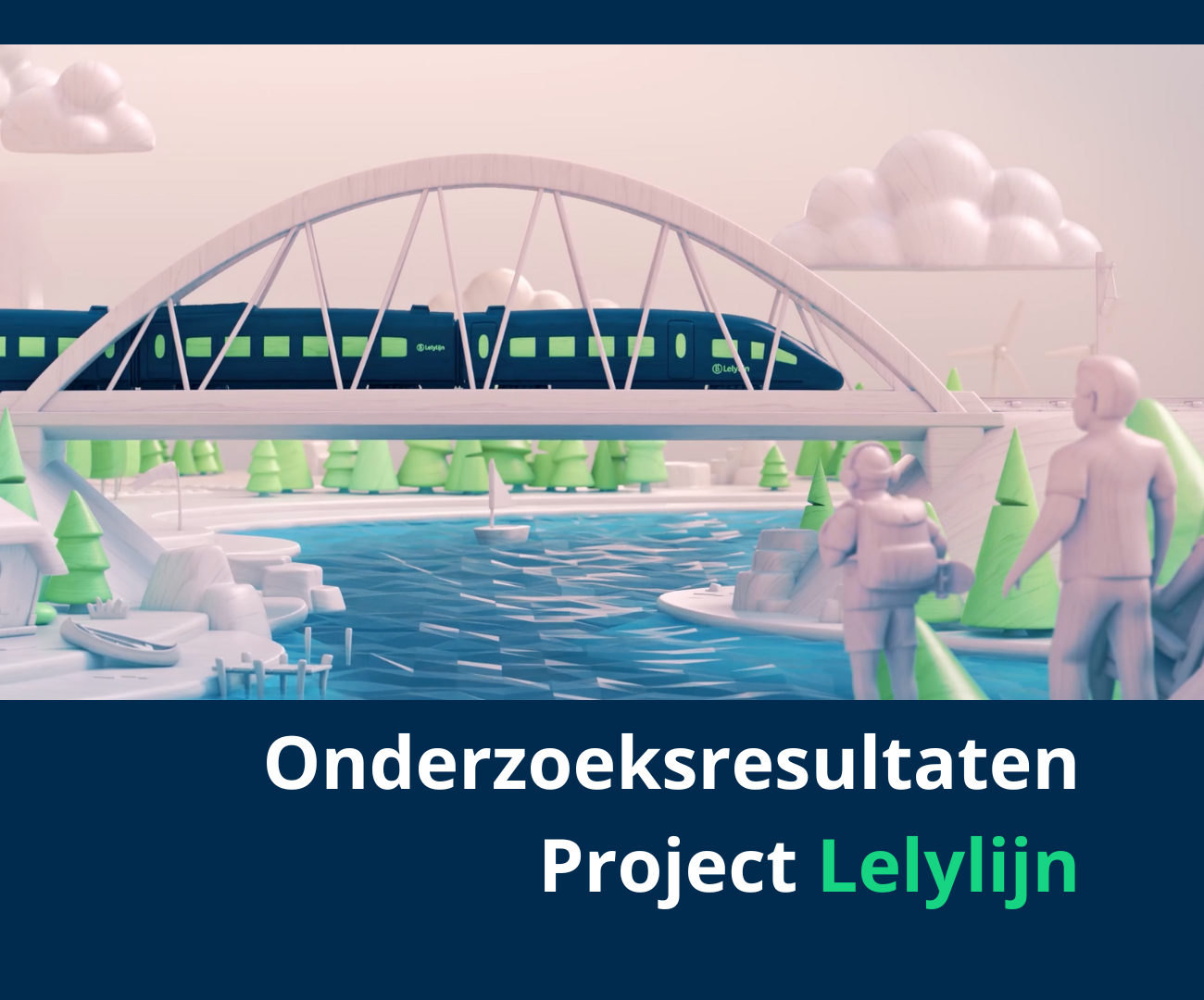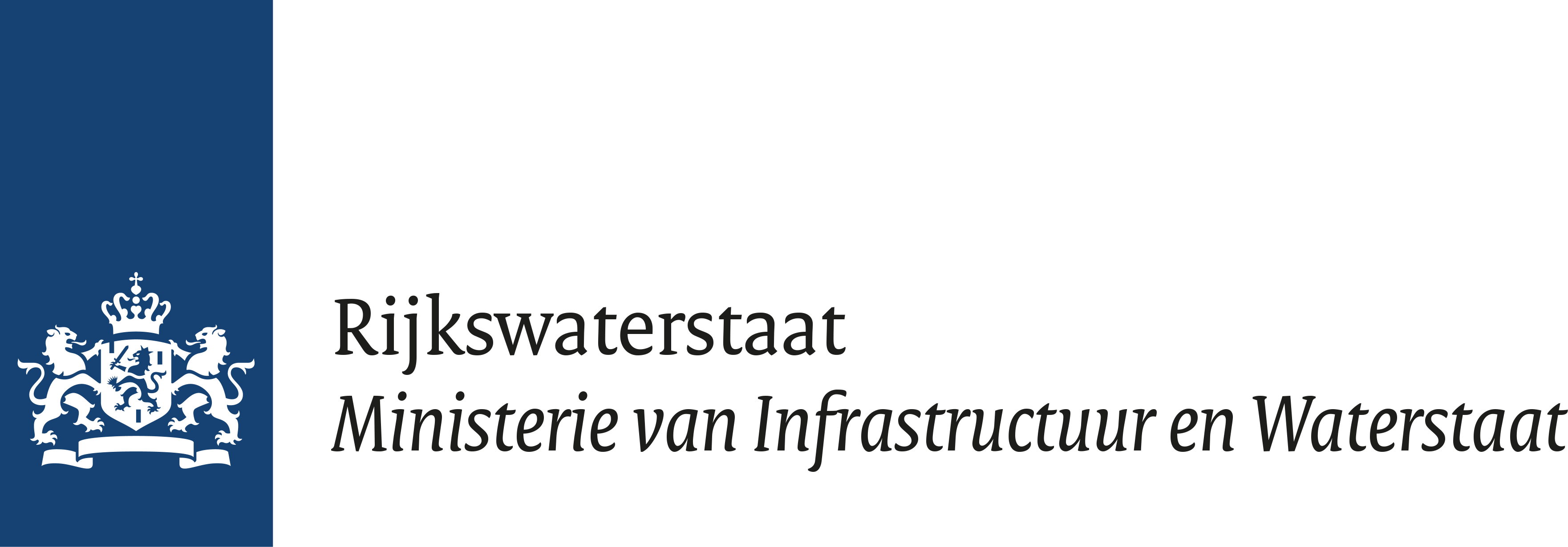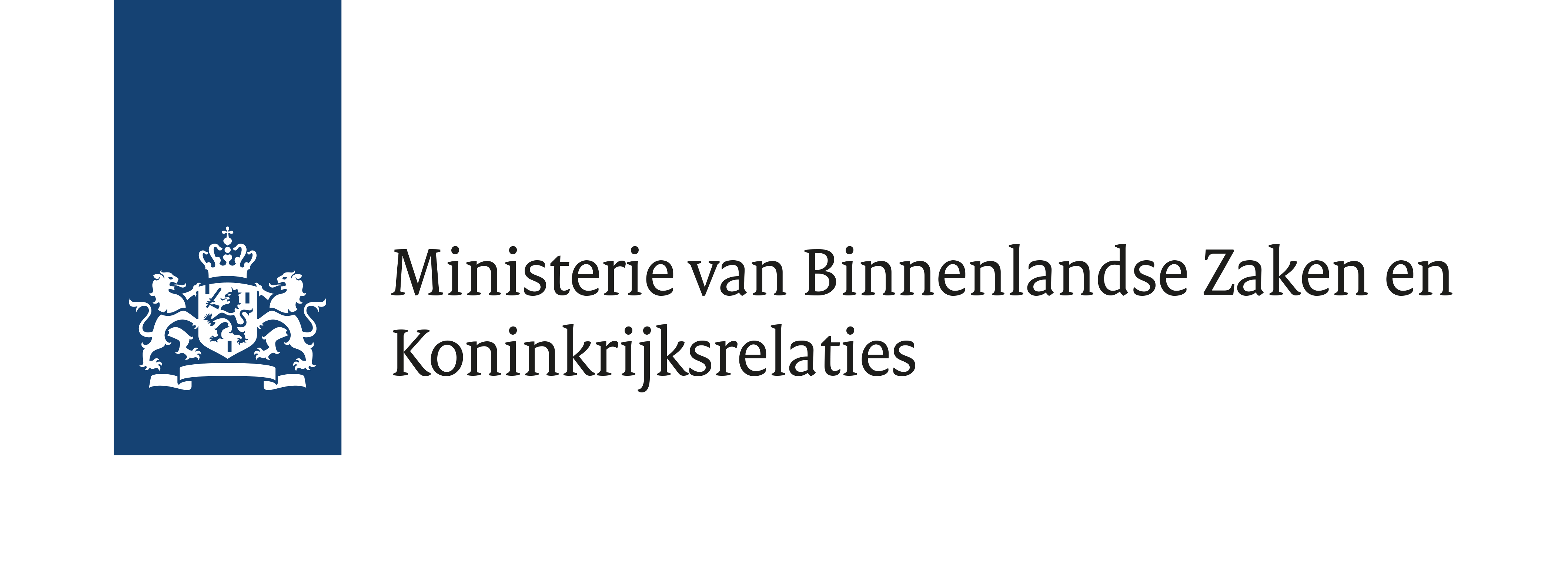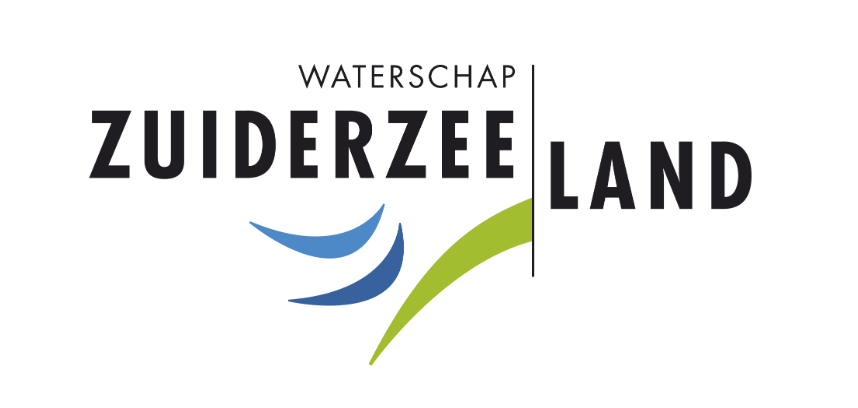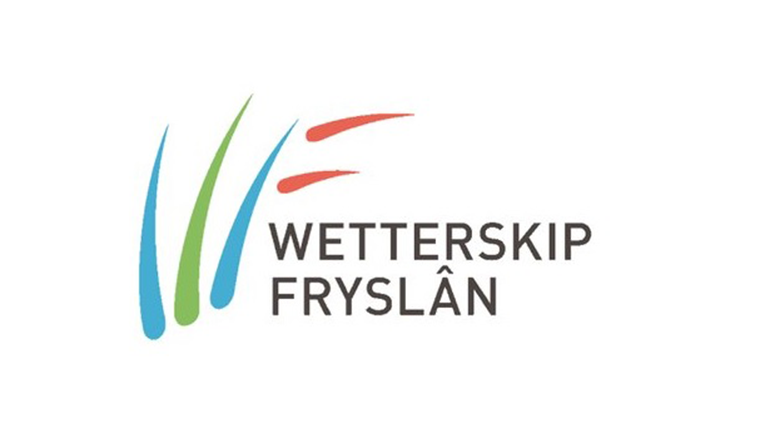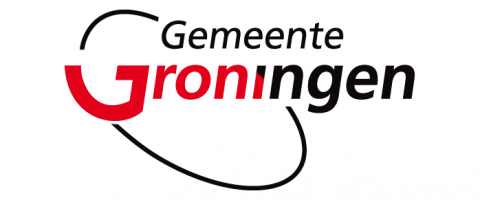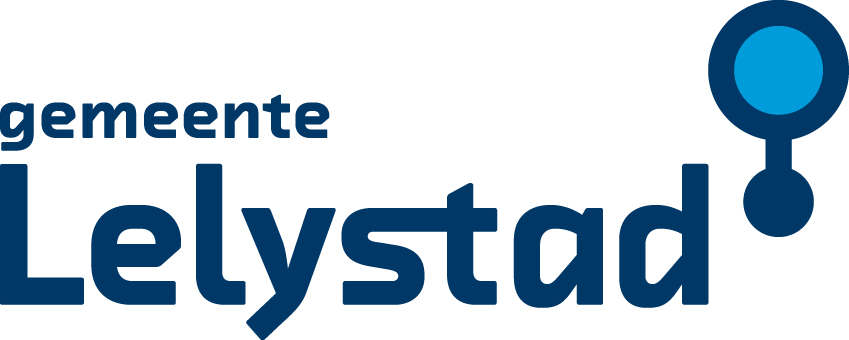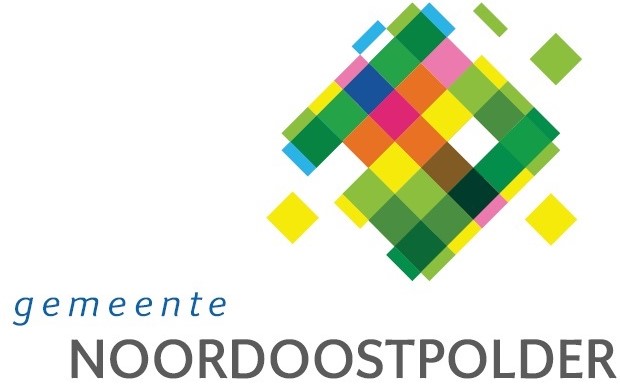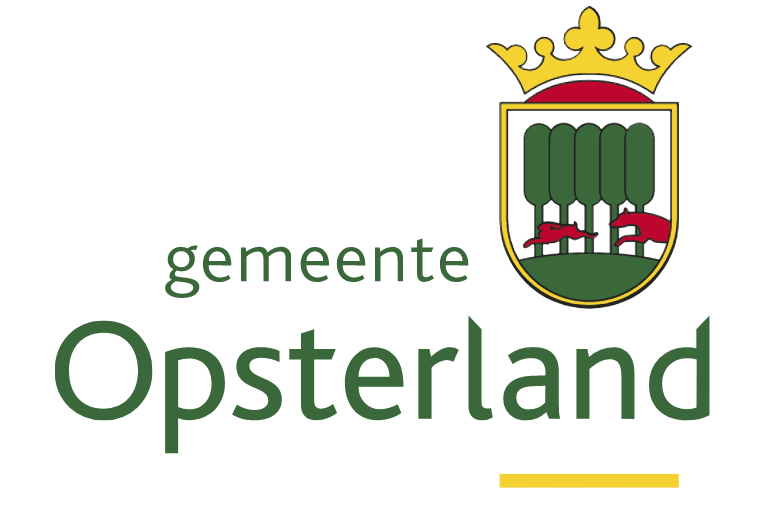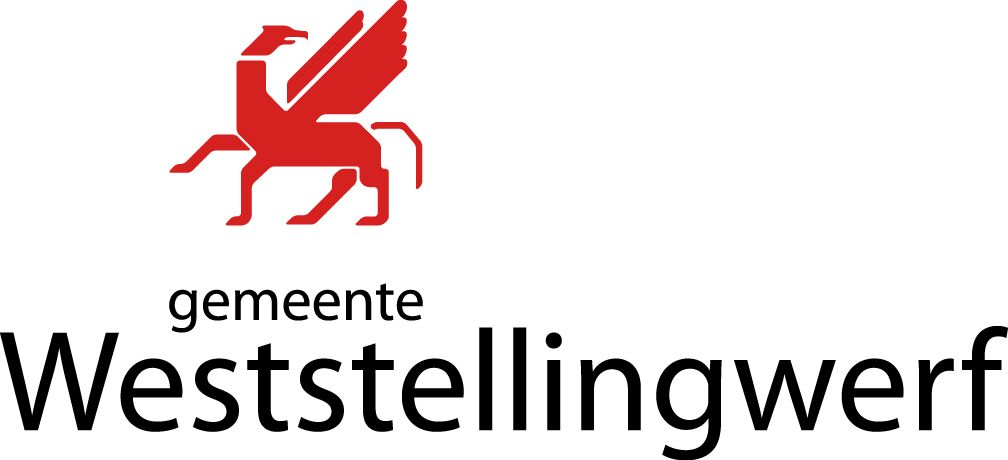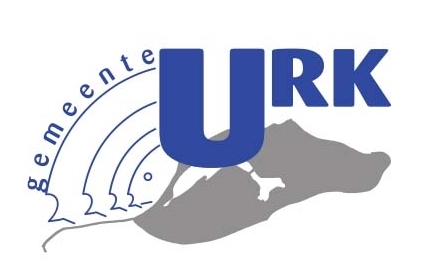28 March 2024
Smallingerland Councilman Robin Hartogh Heys of the Winch about the Lelylijn
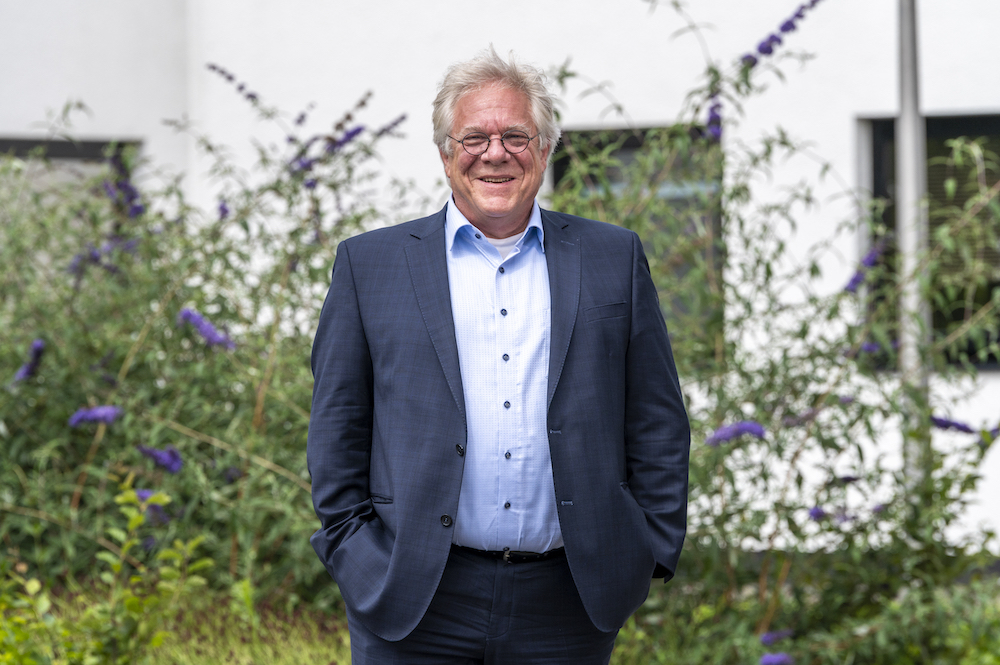
Robin Hartogh Heys van de Lier has been an alderman in Smallingerland for four years. His portfolio consists of Economic Affairs, Housing, Land Affairs and Spatial Planning. In previous years he was alderman in Arnhem and in Deventer. In Arnhem, Hartogh Heys van de Lier was responsible for the Arnhem Central Station. He takes some important lessons from that time with him.
What do you think the Lelylijn can do? What opportunities and possibilities do you see for the Municipality of Smallingerland and for the region?
“Good infrastructure is crucial for economic development and also for education and other facilities. Smallingerland is one of the largest municipalities in the Netherlands that is not connected by rail. Drachten does not have a train station and that is extremely unfortunate. If the Lelylijn comes about and if it gets a station in Drachten, it will have a great impact on our municipality. For example, our housing program will grow exponentially, from 3,000 to perhaps 10,000 homes.
In a divided house there is no investment. That is an important lesson I took away from my time in Arnhem. Therefore, in the Northern Netherlands, including Flevoland, we really need to speak with one mouth. And the small differences in views or interests that logically exist, we must solve them together.
I also like to turn your question around for a moment: what do we have to offer the Lelylijn? That’s the second lesson I learned in Arnhem. Former Minister Jorritsma asked a similar question at the start of construction work on Arnhem Central Station, on the high-speed rail line from Amsterdam to Germany. The operator of such a railroad line, he reasons very simply: if there are not enough boarding and alighting movements, then it is not interesting to stop there.”
What challenges do you think the Lelyline brings?
“We cannot sit back and think: the Lelylijn will come and then everything will be fine. No, we as a Smallingerland municipality will have to think very carefully about our development strategy. If there is going to be a train station in Drachten soon, then it is important that there are jobs there and that there are educational institutions nearby. A station right in the center of Drachten is not possible, because then we would have to demolish a large part of this great place. The train station will then probably be built more on the outskirts of Drachten. We as a municipality have commissioned a number of urban planning agencies to join us in researching different variants and their significance for the Drachten area.
If between 8,000 and 12,000 additional homes are going to be built in the municipality of Smallingerland, we will also get a lot of new residents. And that does something to the DNA of a municipality. We want to analyze carefully what exactly this means and how we are going to manage it as well as possible.
Lelylijn or no Lelylijn. In any case, it is imperative that we work with other municipalities in the region to address the housing issue and ensure that there are enough jobs so that Northern Holland remains attractive to young and old alike.”
If you could give the Lelylin project organization a tip, what would it be?
“I like the approach of the project organization Lelylijn. They inform and discuss the status of the project collectively, and also one-on-one with municipalities and other organizations. The latter is important in my view, so my tip would be to continue this especially more.
Accessibility is essential. In my view, it is only logical to improve accessibility to and in the Northern Netherlands. De Lelylijn should not be seen as a gift to Northern Netherlands. It is pure necessity.”



